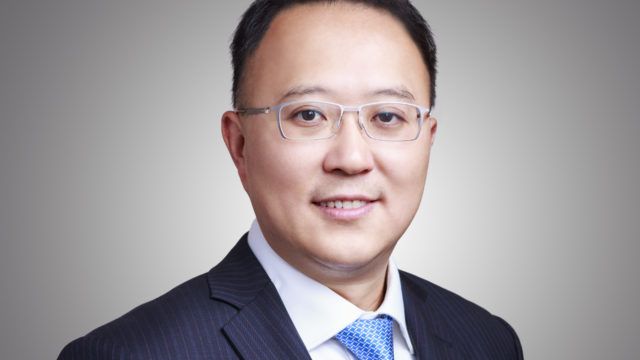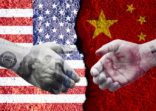Ken Hu, Invesco
“The US is retreating from globalisation, but China is still very committed. The trade tension, however, encourages China to pour more money into [the BRI],” said Hu, co-manager of the Belt and Road Bond Fund, incepted in March this year.
He said it is sensible to see China importing more agricultural products from BRI countries to reduce reliance on the US. Therefore, in BRI countries, the agricultural sector, including machinery, water treatment companies and chemical fertilizer makers, are likely to benefit from the initiative, he believes.
More broadly, Hu seeks investment opportunities by looking at countries that receive foreign direct investment from China.
“We believe the [BRI] encourages us to adopt a new thinking. Instead of finding companies that export the most to China, the more important factor is how much money China directly invests into the countries.
“For some less developed countries, a few billion dollars may mean a lot relative to the size of their economy,” he added.
The direct investments from China will support the building or upgrading of local infrastructure in the less developed BRI countries, he believes. For example, factories with modern manufacturing equipment and less polluting emissions that will make products for export back to China, he explained.
On watch is the credit rating of sovereign bonds issued by the belt and road countries.
“We expect some selected bonds may see a credit rating upgrade after more support from China’s investment,” he said.
Ghana is one of the BRI countries that has entered into agreements with China’s state-owned enterprises and has the potential to see an upgrade in its government bond credit rating. “The investment [from China] has amounted to around $20bn, which represents half of the GDP of Ghana.”
But he noted that the upgrade by the international credit agency will take some time.
BRI government bonds
His fund also invests in government bonds issued in Asia, including Mongolia, Indonesia and Pakistan. He is bullish on government bonds from these countries due to proximity to China, which he believes translates into a higher possibility of obtaining direct investment.
Moreover, the Asian government bonds provide relatively high yield compared to bonds issued by other governments that have similar maturity and credit ratings, he said.
He noted that recent default cases involving US-denominated Asian high yield bonds may continue but should remain at a relatviely low level. The year-to-date default rate of Asian high yield bonds is 1.3%, rising from 0.9% in the past two years, FSA reported earlier.
At the end of May, Hu’s bond fund had a gross yield of 6.94%, according to its factsheet. About 34% of the portfolio is invested in government bonds. Roughly 60% is in corporate bonds, mainly in the utilities, industrial and financial sectors. Top country holdings across all types of bonds are China, Ghana and Nigeria.
BRI Risk
However, as China attempts to build a new Silk Road, risk remains high. Some analysts have pointed to the potential for misuse of China’s direct investment by BRI countries that score poorly on Transparency International’s Corruptions Perception Index.
A recent report on the BRI from Commerzbank cited potential trouble when Chinese companies deal with local cultural issues and labor unions and added:
“The financial risks for Chinese companies that invest in frontier and emerging markets from political uncertainty, currency fluctuations and environmental issues is very real, [and] necessitate a more sophisticated approach to risk and cash management.”

















